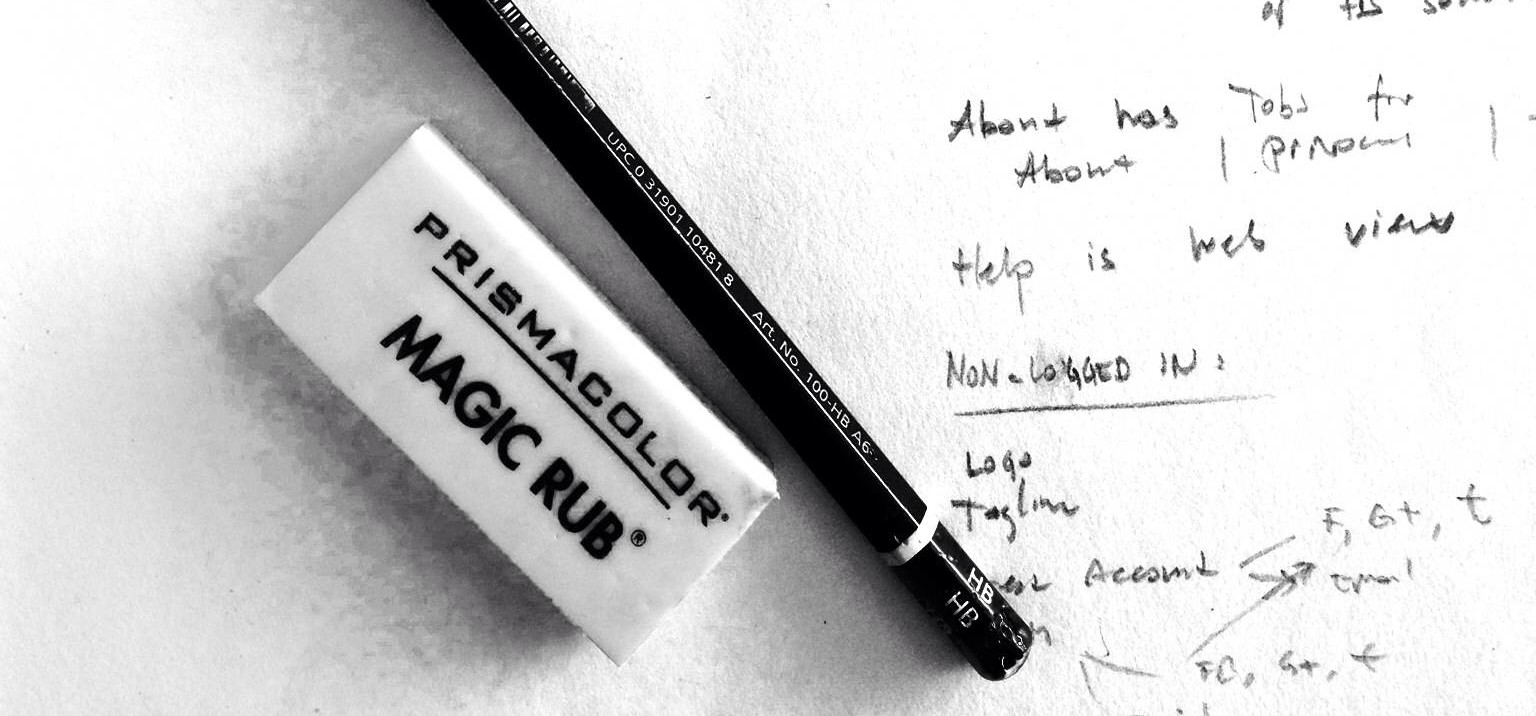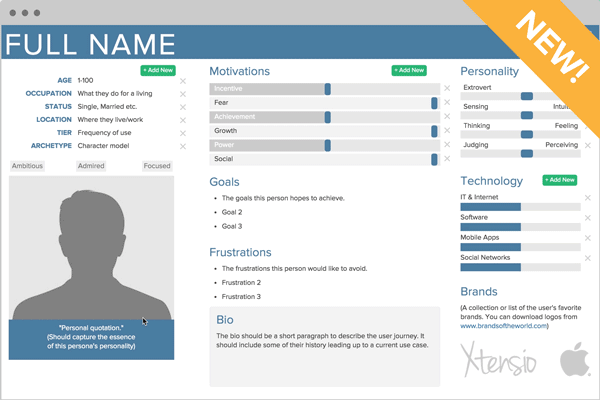BLOG
FAKE CROW'S BLOG
5 Reasons Your SaaS Platform is Floundering. 15 Ways to Fix it.

Your SaaS platform is performing fine. Just fine. It could do better. Snag the users slipping away to competitors with our tips for both established companies and fresh startups to increase leads, boost sales, improve retention, and upsell features and services.
What’s holding you back?
1. The (un)clarity of your value proposition
Your bounce rate is high. Conversion is low. You lose potential customers within the first 5 seconds of them visiting your site, because they don’t understand what your product does and why they need it. The core of what you’re offering, how it works, and why it’s different from other solutions is unclear. Your platform’s acquisition channels, website design and copy, and marketing materials do not convey your core benefit, that is, the one feature that puts you ahead of competitors.
2. The size of your ship
Your company has a well-established product that has grown over time and offers tons of features and benefits. You continue to deploy more and more powerful features every day to retain customers. However you don’t have a full sense of how and if they are able to use the full set of features you are offering. Ultimately your ship is too big to steer. Your product comes across as complex and intimidating for a brand new user to onboard and fully take advantage of. Meanwhile your competition is leveraging the simplicity and focus of its product.
3. The disconnect between the product team and the rest of your company
Your team operates in silos. The product, its acquisition channels, and its customer retention efforts have become departmentalized over the years. Your designers are not looped in on the market’s response to what you are offering. Your product team is shipping untested features with flawed usability. Your engineers are not able to leverage the valuable feedback your sales team is receiving from leads. Your customer support team is busy answering tickets, while lots of the frequent requests or problems can be solved inside the product.
4. The mobile storm
Your platform doesn’t translate well onto smaller, hand-held screens or hasn’t transitioned to mobile at all. Consumers want to access your service on-the-go and with the ease of their mobile devices, but you’re running behind on your mobile game. No plans have been made to transition onto mobile and you have no idea where to start.
5. The churn
You’re not paying attention to “the churn,” that is, why you’re losing users. If your churn is high, here’s what may be going on:
a. Your company efforts have been directed towards gaining new consumers, with little time spent understanding why old users are slipping away. Competition offers superior product benefits, experience, or pricing. Your competitive advantage does not stand out to users.
b. Your platform offers powerful tools, but the user experience is too complex, intimidating, or time consuming. The platform is abandoned for more user-friendly options.
c. You’re not delivering on your promises. There’s a disconnect between your value proposition and what users are actually receiving.
d. After a few sessions, users don’t have a reason to return to the platform. They don’t receive reminders or information on how and why to continue using the site. As time passes, they may forget they signed up in the first place.
All of the above indicate one thing:
Your SaaS Platform needs UX optimization. Not only for the user facing your platform’s interface, but also for your team’s internal processes and communication.
Turn it around and move forward.
1. Revisit your company vision and reposition your product
Remember why your product is there in the first place. Over and over again. Is your unique value proposition clear? Is it something consumers want? Is your product delivering on its premise? Does it speak to the right consumers? A rephrasing of your brand and messaging has the potential to push the needle in a positive direction. Apply your company’s higher vision to product design, as well as its extended branding, marketing, sales, and other efforts every step of the way.
2. Investigate where you’re bleeding
Consider these five contact points: Acquisition. Activation. Retention. Referral. Revenue. At which step of your customer’s journey does your platform struggle in seamlessly leading users to the next stage? Are you giving consumers enough of a reason to return to your platform (Retention)? Are you encouraging them to share their experience on your site with others (Referral)? Identify where your platform could use work and make changes to reduce churn. In SaaS, loss of users is unavoidable. But it’s also controllable. If you pay as much attention to why your users are leaving, as you do to acquiring new ones, you will be able to keep your churn in check.
3. Listen to your marketing and sales teams
Your internal teams’ insight is critical to your platform’s success. What works best during a sales pitch? Do audiences light up when specific features are mentioned? What has been the feedback from customers? What choices are competitors making? What messaging works best to acquire leads? Pick your internal teams’ brains. Marketing and sales forces are critical in steering your brand’s positioning and product features in the right direction.
4. Don’t be intimidated by the simplicity of data
Use data to support all decisions. Companies tend to get intimidated by the power of data analytics tools and the depth of the analysis. They often overlook key evidence on the surface.
If you haven’t already, start with the essentials. Google Analytics and Webmaster Tools can provide critical insight into activity on your site. Here are key functions to take advantage of:
a. Google Analytics – monitor traffic to your site, user conversion rates, and paths to your platform.
b. Webmasters – Analyze clicks from Google Search, get alerts for critical errors or issues.
If you’re looking for more in-depth information on user demographics, try out Mixpanel or KissMetrics. Take a step further and build systems directly into your platform to view app-specific data and the details of the way in which users interact with your site. Which leads to the next point:
5. Get to know your users better and better
Identify why your users joined your platform in the first place to help uncover why they are leaving. Work to understand where your product lives in users’ day to day lives, among the hundreds of other items they use and things they do.
Reach out with customized messages, ask if they’d be willing to complete surveys or questionnaires. Offer to jump on a call to discuss the platform.
As you collect feedback, build and continually update your User Personas. User Personas are lean, comprehensive documents meant to easily store and convey crucial information about current and target users. They are essential to have on hand as you and your internal team strategizes design, UX, marketing and business decisions.
6. Segment your audience
Not all users will have the same needs, priorities, motivations, and goals. Examine their interactions with your platform. When did they sign-up for your service? How much time do they spend on your site? How are power users behaving? What features do they use most often?
Sort users based on your findings. This will help focus branding, design, and marketing decisions as you work to make choices that appeal to specific audiences. To attract additional consumers, reach out to those with similar needs and tendencies to those already benefitting from your platform. Chances are they’ll take interest in it as well.
7. Don’t rush to overhaul. Make small moves first.
Before you redesign an entire page, feature, or design, opt for a smaller, low cost changes. Consumers will often abandon platforms due to basic difficulties: challenges in signing-up, signing-in, navigating and learning to use your platform, receiving too many or too few notifications, or lack of confirmation and clarity of tasks completed. These issues can be quickly resolved; fixing them may be just what you need to attract and retain users. Test changes with small groups of consumers to determine if a larger overhaul is necessary and what specific form and direction it should take.
8. Kill features
We know blood, sweat, and tears went into every feature and you can’t bear to eliminate any of them. But do it. The majority of users only use a small portion of platform features. Whether you are a startup or a well established company, reducing the size of your ship will allow you to devote energy and resources to making a smaller collection of services killer. Start spring cleaning, consolidating, and face-lifting to give your SaaS a lean, mean, and modern appeal.
9. Run experiments constantly
Before launching a new feature, product update, sales pitch or marketing campaign with an entire network of users, take a portion of your consumers and see what they think of the developments. You’ll receive critical information on what’s working and what’s not without shaking the whole boat. When an addition is ready, start testing right away. The sooner you get feedback, the sooner you’ll be able to make the changes necessary to launch a community-wide feature.
10. Hack your growth
Before spending money on ads or PR advisors, come up with a way to catalyze your viral growth using what you have. Hop on free marketing platforms, repurpose or build a referral program, offer “premium” or exclusive features. The strongest ideas can be executed quickly and are scalable– if they work.
Bonus Resource! This killer article, “How 9 SaaS Companies Hacked Their Growth.” It explores in depth a few of the ideas listed above and gives examples of companies who’ve had epic success with particular strategies. Check it out!
11. Show users how your product is working for them
Introduce a reporting feature that highlights how your product has positively impacted users’ lives. Tangible data showing increased productivity, progress, or efficiency is important. It confirms that using your site is a valuable use of consumers’ time and effort. These reports are also excellent sales tools; they provide hard evidence of your product’s success.
Showing users how products are working for them can also increase the upsell of new features. If users learn the platform with which they’re already having wild success is being improved even more, they will eagerly check out your company’s latest developments.
12. Automate customer relationship management
Take a load off your Customer Support team with automated, streamlined messaging systems. This way your team can provide quality and personalized service when it’s most needed. Seamless user experiences will indicate your prioritization and dedication to top-notch customer service. Strengthen communications with helpful in-app messages, inviting emails, and relevant announcements.
When to send emails or in app-messages:
a. If you’re launching a new feature or service.
b. If you have tips, tricks, or an article they’d find useful.
c. When a blip in technology has been resolved.
Who to send them to:
a. Users who haven’t been on the site in a while– are they looking for instruction? help?
b. Users who are active on the site– do they need anything else? What could be improved?
c. Users who asked for a specific feature — let them know their voices have been heard!
13. Give users outlets to complain (and praise)
Listen to consumer frustrations. Open communication channels and track responses in an organized manner (ideally automated through your CRM platform.) Leverage your CRM to collect valuable feedback from users and help steer product decisions. Note common complaints and get to those first. Once you’ve responded to a problem, notify users who requested the change. A personalized message in particular will underscore that their voices been heard and taken seriously. They will continue to trust your company and return time and time again to your platform.
14. Strengthen your wording and tone
How you communicate, that is, the wording and tone used when sending emails, in-app messages, newsletters and alerts, is crucial to maintaining and attracting users. Newsletter and CRM tools have features to help optimize design and copy for notes sent to users.
A general practice is to keep language accessible and the tone casual and friendly. Also, cut to the chase. Make letters short, sweet, and to the point.
Analytics, A/B testing and goal setting capabilities within programs such as Mailchimp or other CRM platforms allow you to track how well your message is performing — are people opening your messages? Are they reading through them? Are they clicking links or responding? Are they unsubscribing? If performance rates are low, work to uncover what’s actually useful for your customers and eliminate spammy efforts. Messages with intriguing, useful content, sent at an appropriate time, and which can be quickly read and digested, will bring users to your platform.
15. Build a community around your platform
Help users feel like insiders and valued members of your company’s network. Build a “Community” to share how others are benefiting from your product. Send out newsletters that people would actually want to sign up for and read. Offer quality advice that will make your users’ lives easier– hacks, tips, and tricks to using your platform.
Not sure where to begin? Let us help you.
Fake Crow is a creative agency, based in LA. We’re a team of problem solvers and creative thinkers working tirelessly with companies to carve out their product market fit in the online marketplace and optimize product design and UX.
We are also the creators of the SaaS product Xtensio, an all-in-one toolkit for startups. We’re constantly working to improve it, to draw new users to the site and encourage old ones to return. Basically, we’re in your boat.
Or email: [email protected]












